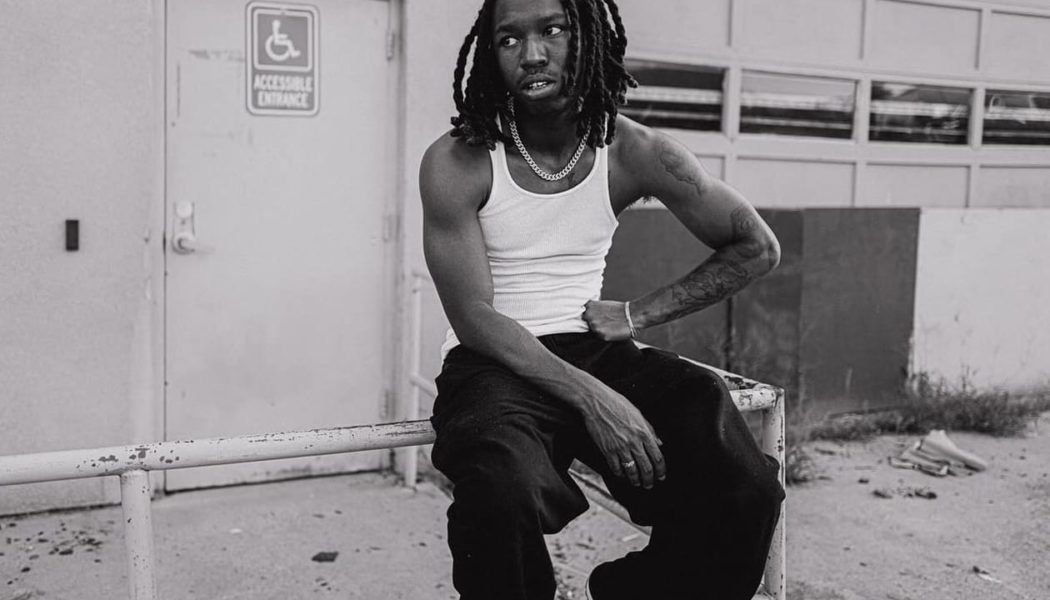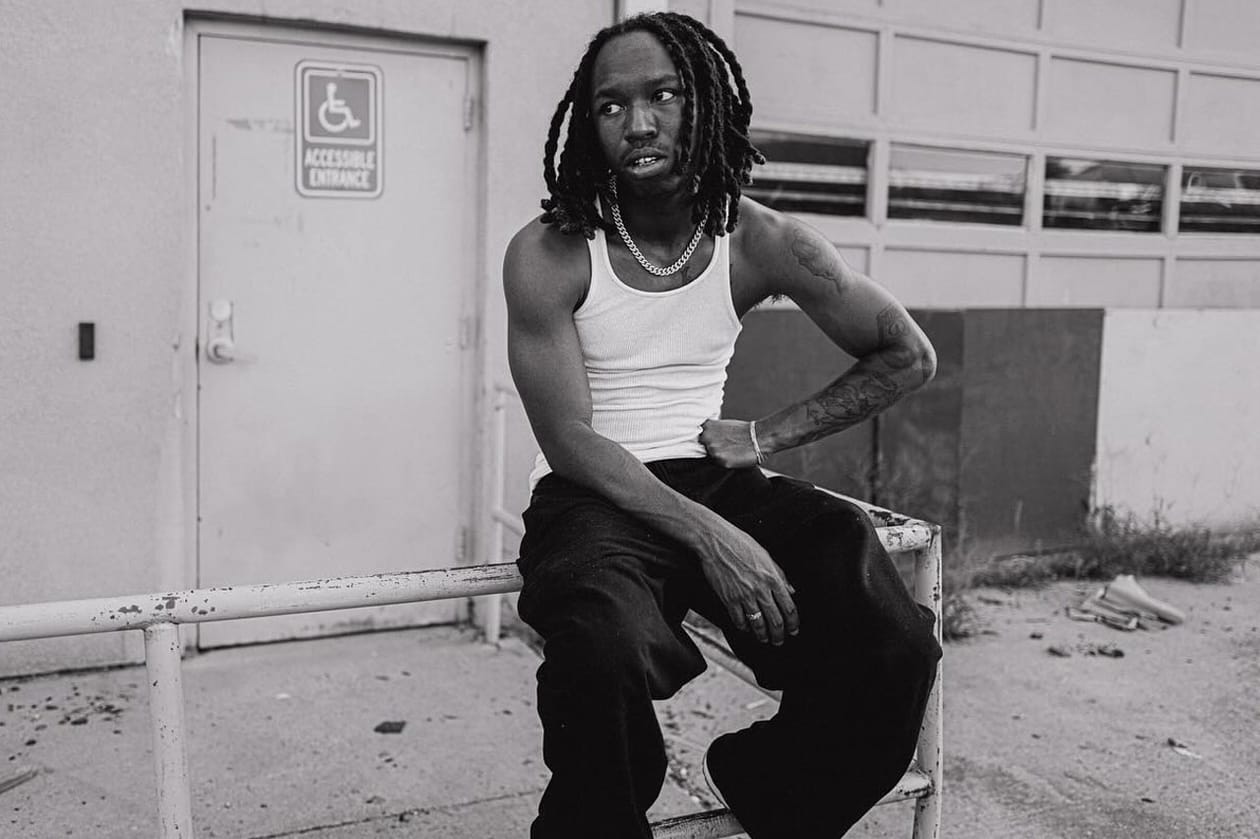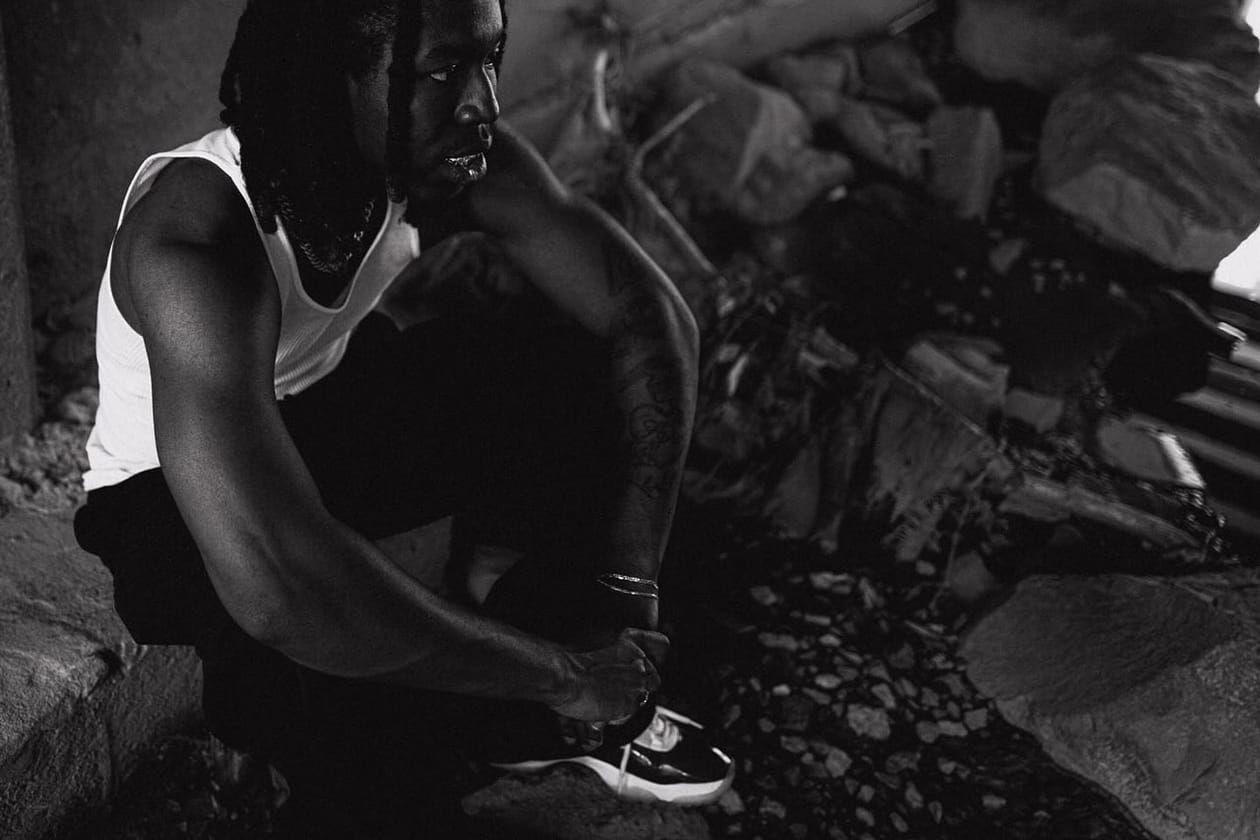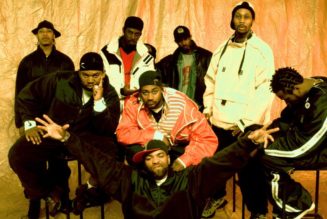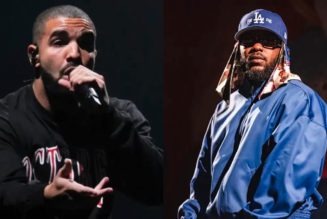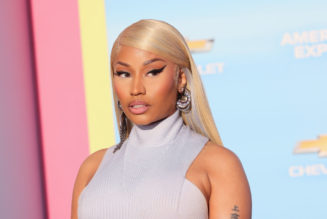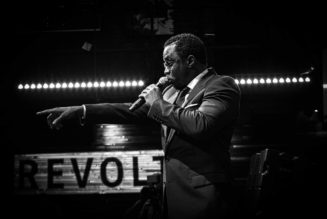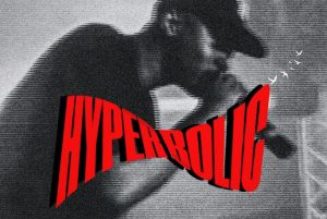How does shadowbox sound?
According to MAVI, it’s a little like mixing powdered charcoal, a little glitter, and a little water.
“It’s dark and murky and bubbly, but it’s also shiny and alluring.”
It’s the duality of sounding one way and feeling the complete opposite that guides the spellbinding shadowbox, the third studio album from the 24-year-old rapper.
MAVI drew heavy influence from The Black Experience in Design: Identity, Expression and Reflection – a book that compiles design practices, research, stories, and conversations from a Black/African diasporic lens – to assist in the curation of the album, looking to build an exhibition that “feels different from how it sounds.”
“It’s really pretty-sounding but the feelings conveyed aren’t pretty at all, and establishing that dichotomy was important to me,” he continued, noting that during the creation of the album he realized that he’d been (figuratively) shadowboxing himself for a long time.
Throughout the rollout, the album’s visual aesthetic — clean, monochromatic imagery — became clear “It was all very intentional to make all of the still visuals black and white. I also didn’t put captions on anything. I wanted it to be quiet and organized, really create a museum-like environment.”
Reflecting on anecdotes from his adolescence and the after-effects of the release of his sophomore LP Laughing So Hard, It Hurts, MAVI explores emotions he once wouldn’t dare to go anywhere near. “I thought once I turned 21, everything that happened before me was over and done – but my life is really just one tapestry of everything that’s ever happened to me and everything I’ve ever done. If I want my life to look a certain way, I have to address all of the sh*t that happened before today.”
He speaks directly to his inner child on “Drown the snake,” the interlude before the album’s lead single “drunk prayer.” “You know how you talk about, like, that inner child? With that inner child, bro, like, there is a demon that grew up with that n*gga, bro,” he opens. “I used to see shadows in my room all the time when I was a kid.”
“As I get bigger, my shadow gets bigger.”
“As I get bigger, my shadow gets bigger,” MAVI considers, with this trope tying into nearly all of the project’s 14 tracks. “I let my shadow lead the way and I got taken with him / Tryna walk toward the light for separation,” he croons on “tether,” whereas on “grindstone” – which he deems the most emotional cut on the LP – he spits “They lick me through a blindfold, the mirror show a side only my sister and my mom know / But that child, it grow up and that demon do too, it gеt bigger.”
On the quest to design an album that feels drastically different than it sounds, MAVI sought to guide listeners “to a quiet, calm place” – but how?
He spent a lot of time in museums, for one, finding both solace and inspiration in Impressionist art. The Centre Pompidou in Paris, France proved a major point of influence – specifically its exposed architecture. He found himself drawn particularly to the paintings of César Domela, Piet Mondrian and Lynette Yiadom-Boakye.
“As a rapper, context is everything, but in a museum, context is supplementary,” he explains. “When you’re in a museum, the painting is enriched by its placard not defined by its placard.”
However, on the polar opposite end of the spectrum, MAVI drew heavily from realism and voyeurism, drawing from documentary and street-style photography and citing Dawoud Bey, Gordon Parks and Jamal Shabazz as major influences. Also intrigued by the different ways to capture simple moments of intimacy, MAVI referenced shots of “black beauty and leisure” in the contemporary works of Carrie Mae Weems and Deana Lawson – as well as the collection of works on display at the Brooklyn Museum’s Giants Exhibit: Art from the Dean Collection of Swizz Beatz and Alicia Keys.
The diverse cornucopia of artistic influences informs more than shadowbox’s still visuals, but the music videos as well. Across all three videos out thus far, no computer-generated effects have been used at all; “drunk prayer” actually draws from the CCTV footage from his grandfather’s funeral while “the giver,” chronicles the raw chaos of a past relationship and “i’m so tired” takes more of an abstract focus on movement.
Another theme that played into the project’s design principle is a Parisian one – the gastronomic concept of “mis en place” (or “putting in place”) which spoke to the rapper during his time in France earlier this year. He believes the culinary concept, which emphasizes eating or drinking one thing to elevate another, parallels his creative approach of directing visuals that will level up the sonics.
“As an artist, it’s sorta my job to be the adventurous homie,” he laughs. “I have to expand my listeners’ palettes. I never ate oysters until one of my friends was like ‘here’s a really good way to eat an oyster’ and now I eat them all the time.”
